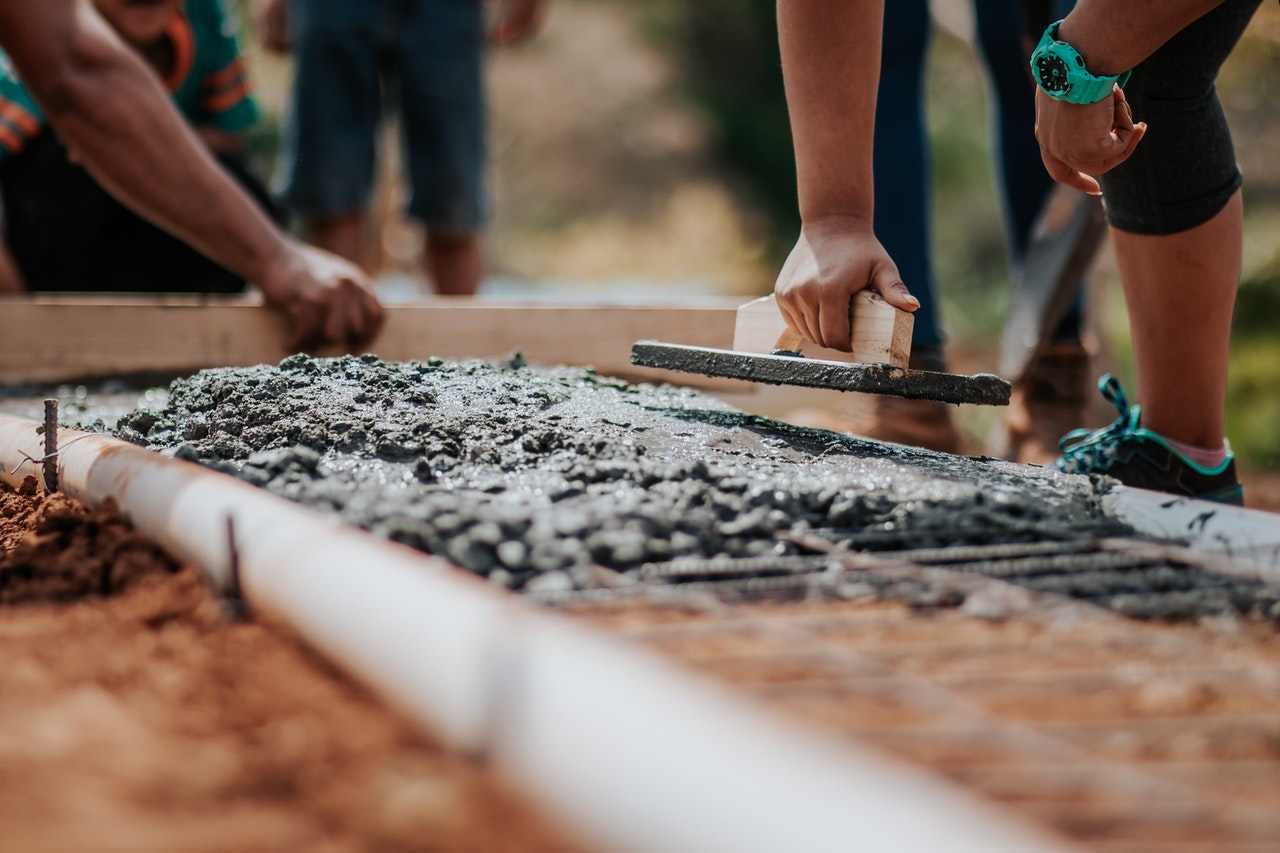20 STEP THE ESSENTIAL USE OF ADDITIVES FOR CONCRETE

Use of additives in concrete for a long time, construction has not been understood without concrete, undoubtedly one of the reference materials. But behind something as ‘simple’ such as concrete, there are many secrets. For example, just as construction needs this material, concrete itself needs the help of additives for many years to be able to adapt to any project that is put ahead.
As with food, concrete admixtures are used to modify its basic properties, adding properties that it does not have on its own, to obtain a mixture that is much better adapted to the project you want to undertake. Although it may seem so, the use of additives is not something modern: in its own way, they have already been used since the mid-1950s.
What can be highlighted about the existence and use of admixtures for concrete?
They can be organic or inorganic in nature, created artificially.
They are always added before mixing and the proportion used can never exceed 5% of their weight.
They have different capacities and that is why there are a large number of additives, although the most used are those that modify the setting process to adapt to specific circumstances.
TYPES OF ADDITIVES FOR PREFABRICATED CONCRETE
Accelerating, retarding, water-repellent, antibacterial, or even with coloring properties, the additives serve, above all, to optimize different resources both on-site, in the factory, or throughout the useful life of the construction carried out. In this way, they help in their own way to meet the inalienable goal of construction sustainability.
In the specific case of precast concrete, all the parts and the aids provided by additives always serve the same benefit: achieving more efficient processes, reducing the energy used, and optimizing the use of materials without sacrificing higher performance. quality, as this additive specialist company, stands out.
SOME PRACTICAL EXAMPLES
Setting accelerators, for example, are common in the production of precast concrete and, as their name indicates (which does not leave much room for a surprise), they reduce the time it takes for concrete to set by increasing, among other variables, its speed. hydration. The opposite work is achieved with retarders, which delay the start of this process while maintaining their “docility” for longer. However, set retarders are more recommended for mass or pumped concrete, but are not typically used in precast elements.
What other important details can be highlighted about the accelerators?
They allow rapid progress of the work and even the transport of the parts that are generated in the factory.
A significant reduction in the waste generated is generated, an external one directly linked to the sustainability criteria.
Another very famous additive is the superplasticizer, which has the fundamental objective of improving the life cycle of those it builds thanks to its use. The name, again, already reveals some details without the need for great knowledge: it manages to increase plasticity, allows rapid release of prestressing, and reduces the amount of water used for mixing.
This superplasticizer additive from Base, specific for precast, has a long list of advantages, but some are as relevant as that “improves the impermeability and durability of concrete” because it reduces its porosity; In addition, it reduces curing cycles and allows the manufacture of low-temperature concrete.
On the other hand, the use of additives that allow the inclusion of air in the concrete facilitates the intentional retention of microscopic air bubbles. The process to form these bubbles is really technical, but it is worth detailing that the final objective is to optimize the concrete life most efficiently, especially against freezing and thawing, as well as against the action of salts and sulfates.
WHAT IF THE CONCRETE HAS TO BE COLORED?
Well then, the best thing to do is to use coloring additives that allow this material to be adapted to what the project requires. Thanks to these additives we have a compelling reason to say that concrete is not just a gray matter.
In works with precast, the external appearance is essential. We talk about covers, for example. So, if the intention is to provide a different color than usual, “we will have to use colorants or pigments. These additives are powders generally made up of metal oxides”, as explained in this complete PDF, which talks in-depth about the additives we have talked about in the article.





